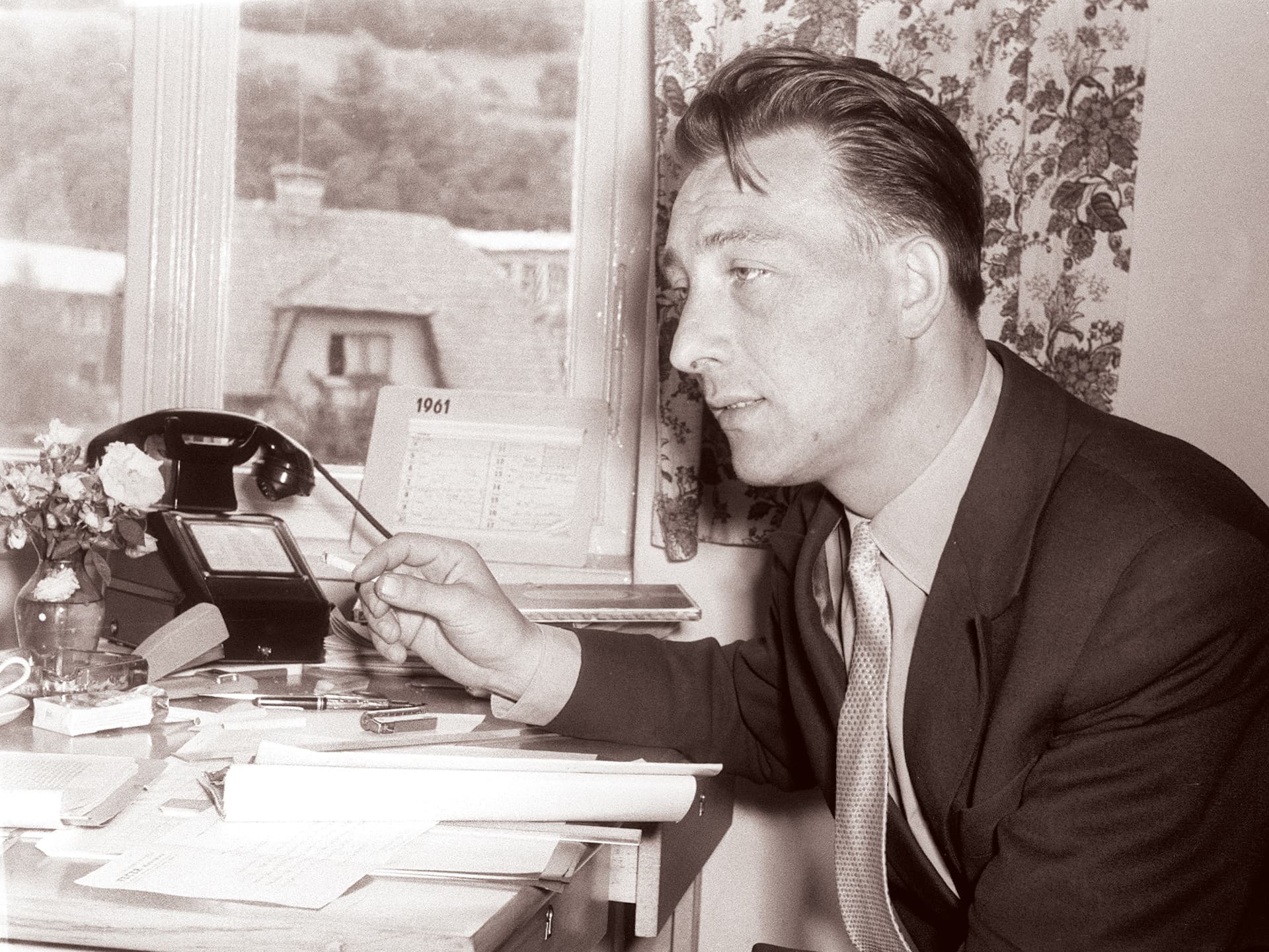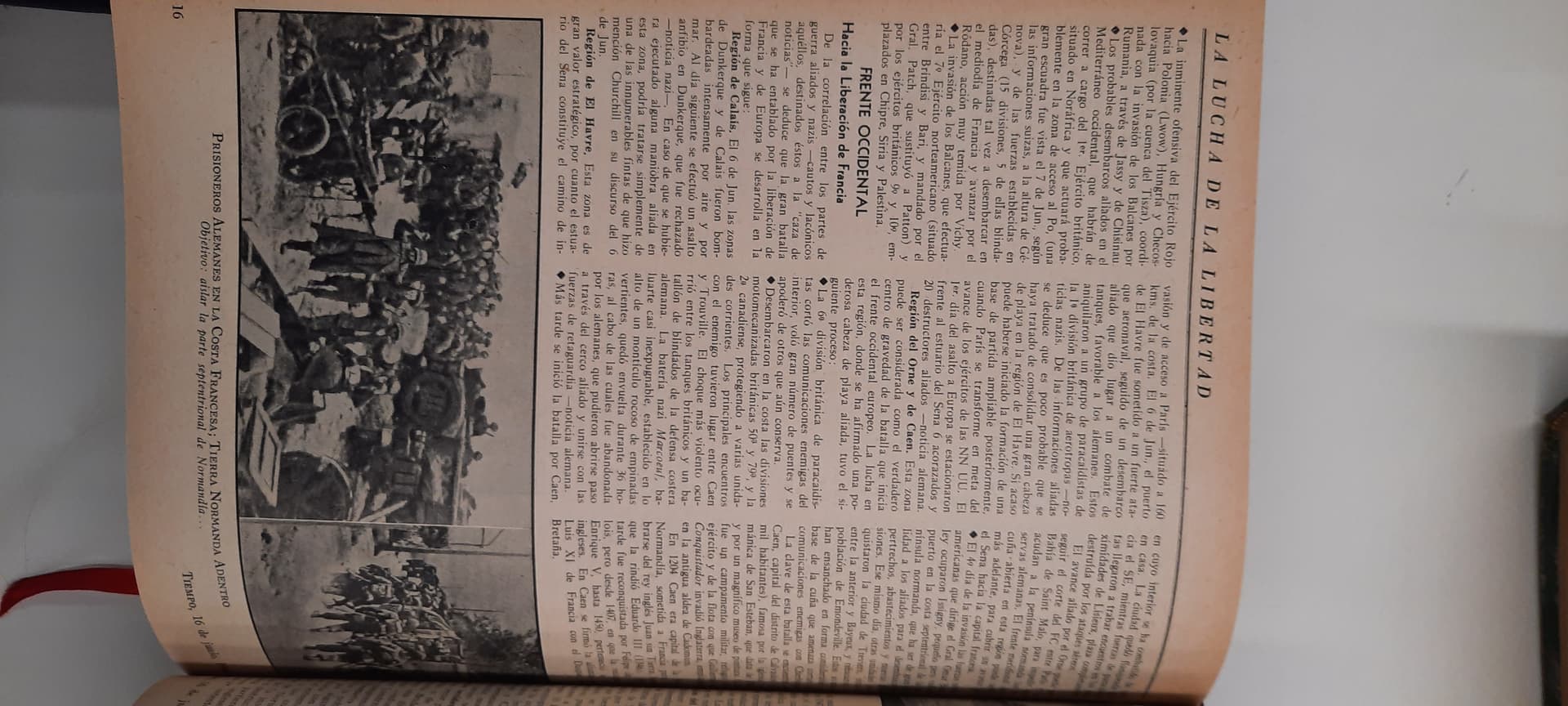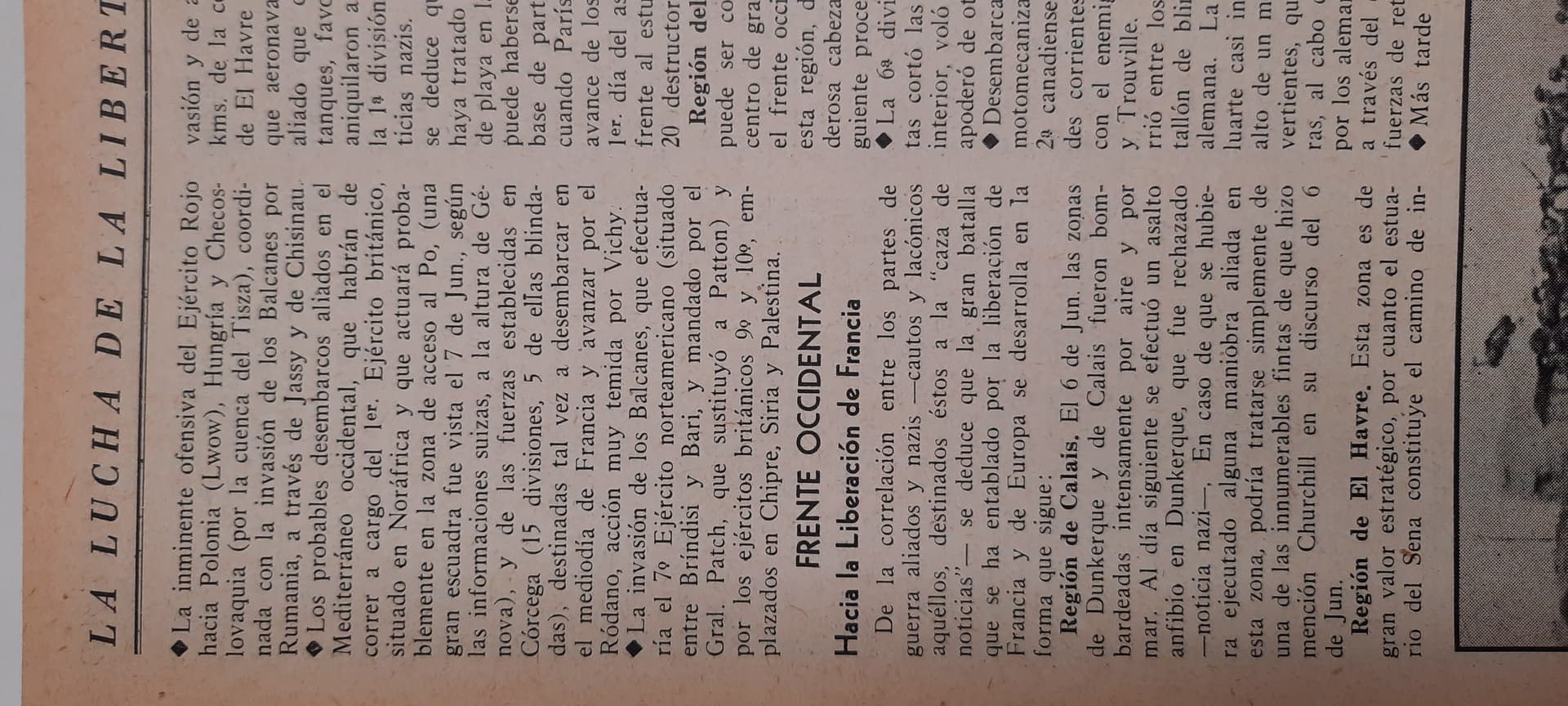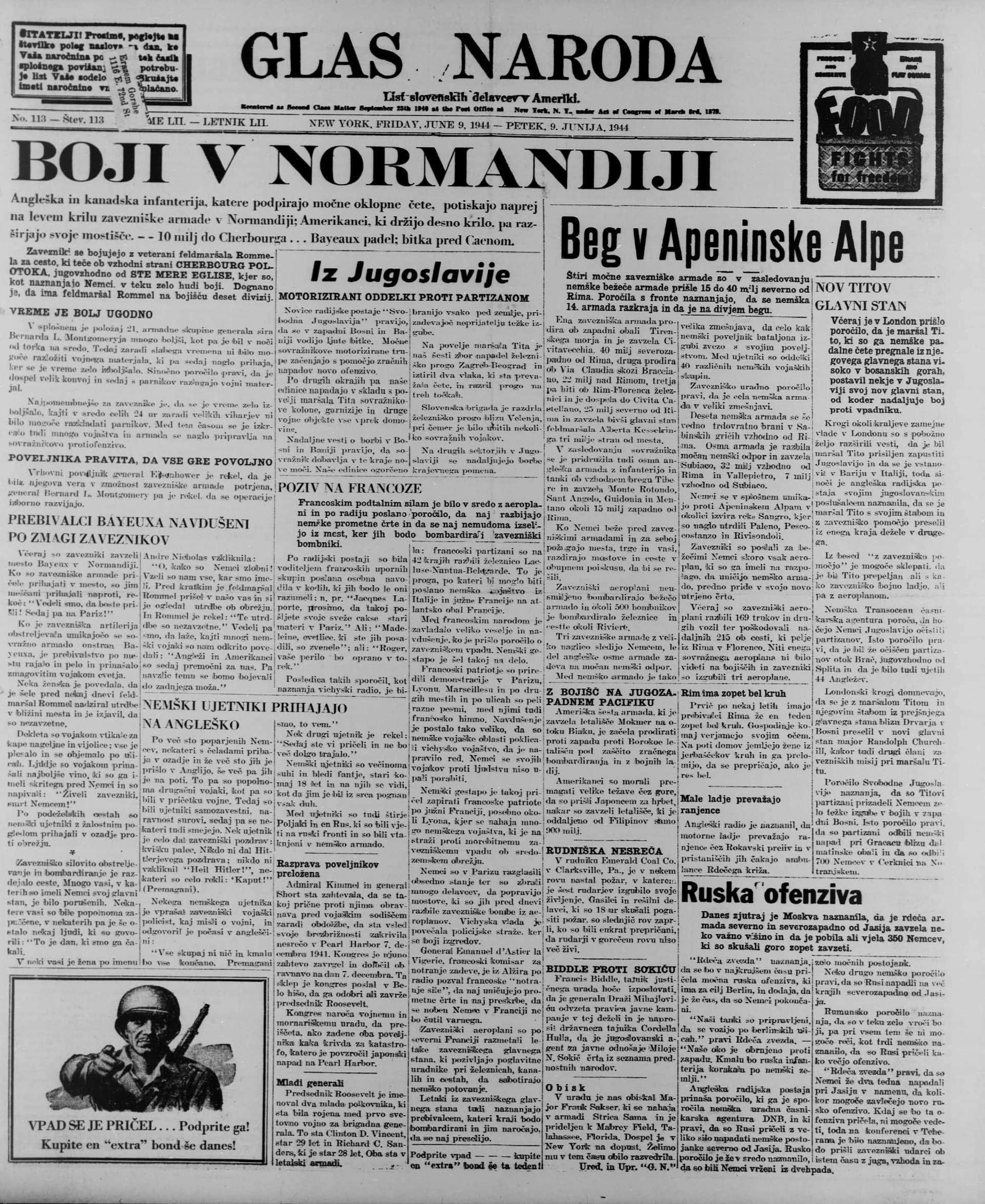Okay, one more input here, and then I’m mostly done. 
This is from a book Mobilizacija Gorenjcev v nemško vojsko 1943-1945 (Mobilisation of upper Carniola into the German army 1943-1945), published in 1999.
This is a written recollection from Boris Feldin. He was recruited in late November 1943, and placed with gebirgsartillerie (mountain artillery) unit in Italy. In spring 1944 he was transferred to France and placed to a motorized antiair defense unit in Montebourg. There, he was trained as a telephone and telegraph operator. Though he was offered German citizenship when he was recruited, he declined. He was seventeen years old when the invasion started.

(Boris Feldin in 1961)
On June 5th, he and two other Slovene recruits were in Cherbourg, where the feldpolizei stopped them and told them to return back to their unit.
“Back at the unit, there was already alert, but nobody knew what exactly was going on, or they didn’t want to tell us.
Low flights over land have been increasing towards the evening and the state of alarm has been proclaimed before midnight. We had to clear and pack all our things and get into trucks. At around 2 am, you could already see many flashes towards the Atlantic. We were about 5 km away from the sea and at daybreak we departed towards the Atlantic Wall bunkers. We couldn’t drive there with vehicles, since Anglo-Americans have been constantly flying over us at a low altitude. At the edge of a forest, where the slope began dropping towards the sea and bunkers, we disembarked and started moving toward them. It was then when we saw countless ships across the entire horizon and after about 50 meters of walking, flashes started coming from ships and shells have begun dropping onto the coast, bunkers and the forest. The time was 5 am on June 6th, 1944. The so-named invasion - the landing of Normandy, has started and we were in the center of the attack. Of course, today we know that this area would be called Utah, where the American army first attacked.
The entire day we’ve been surviving the artillery and aerial attacks on the bunkers… We had to get to the observation stations in the bunkers, from where we could communicate information to our artillery in the forest. Even trying to get there demanded the first victims of my unit compatriots. Of course, for a seventeen-year-old, it was horrifying. When we reached the bunkers, only four of us out of seven, we were stationed at the observation posts. There wasn’t much observing we could have done, for there was constant firing around.
Bunkers were well-built and in multiple stories. Upper stories - facing the sea, hosted observation posts and lighter weapons, below were heavier canons, and then different spaces from sleeping quarters to dining rooms, kitchens and, of course, weapons storage, munitions and so on. We barely held out until dusk, when we received an order to return back to our unit.
It was easier to do that in the dark and when we boarded our vehicles, we were to go towards Sainte-Mère-Église, where the paratroopers have started landing the night before. They were dropped from gliders that were dragged by motor planes, and also dropped them weapons, munitions and food with parachutes. We were in the middle of the parachute attack. I only remember that we were looking for shelter, hiding in dugouts and holes, and shooting just about anywhere where we thought action was happening. At dawn, we saw the empty gliding planes on the ground and the parachuted supplies, some empty and some containing weapons, food and other things. Here and there we saw dead bodies, both German and Americans.
After that, we had to retreat, again under the aerial attacks, towards Carentan. But because the Anglo-American planes were constantly in the air and shooting at anything that moved, we could get there by day. At night, we started retreating toward Saint-Lô.”
This is where the events around the D-Day itself stop, but his recollection continues. He was at Saint-Lô for a couple of days, where he was lightly wounded during an aerial attack. He was in a hospital for two days but then reassigned back to the field. During the retreat, he would almost manage to escape and join French resistance, but they were on the move too often and too quickly for that to be executed. He and the German army continued retreating towards Belgium, then the Netherlands and, eventually Germany. From there he managed to slowly but surely travel back toward Austria and the border with Yugoslavia, where he managed, with the help of his family and friends and a lot of trickery, to defect to the resistance movement, where he was doing intelligence work, mostly spying on the German military transports that could then be attacked from the air.
Needless to say that he went through more than other seventeen-year-olds go through, and he managed to survive. After the war, he would become a teacher.
![]()




 )
)


